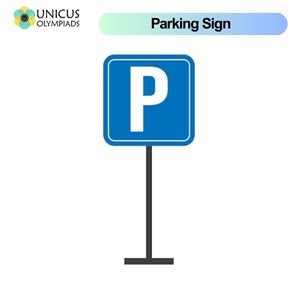

This section explains how people can identify different travel signs that help guide them on roads and in public places. Travel signs are used to stay safe, follow rules, and know where to go. These signs often use shapes, colours, and pictures to give quick, clear instructions.













